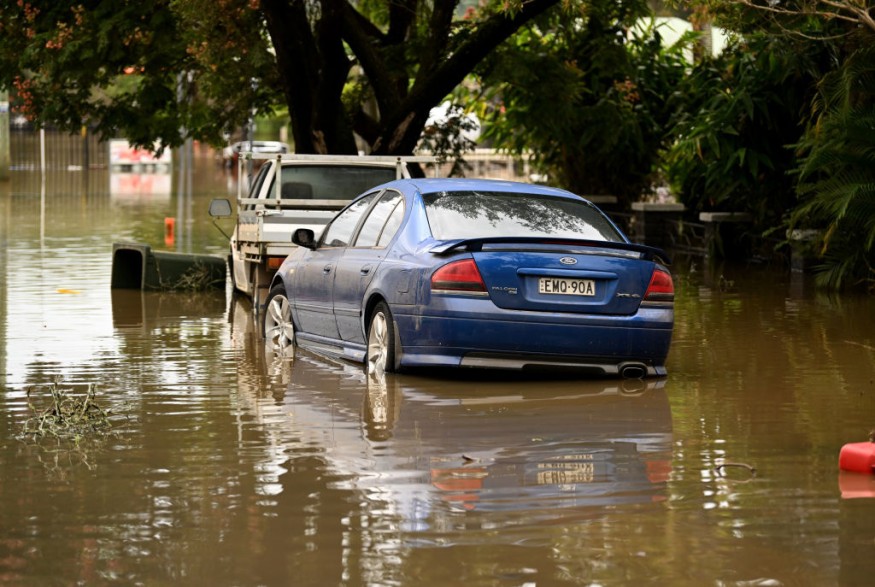New South Wales (NSW) and Queensland (QLD) have been struck again by flash floods, and local authorities have issued renewed evacuation orders.
In NSW, evacuation mandates were given in the northern parts of the state on Wednesday, March 30, after floodwaters breached a levee along the Wilsons River in Lismore.
The levee was supposed to protect the central business district of the city.
However, the latest event has affected several thousands of residents.
In QLD, several casualties were reported due to related climatic events.
Recent heavy rain resulted in the rising of river water levels and flash floods in Eastern Australia, posing a threat once again in the coming days to communities still recovering from catastrophic floods in late February.
New South Wales

On Tuesday, March 29, the New South Wales State Emergency Service (NSW SES) initially issued the evacuation orders for Lismore but later canceled it before imposing the order again on Wednesday due to the overflow of the river.
According to Australia's Bureau of Meteorology (BOM), the Wilsons River levee height was at 11.40 meters as of Wednesday, which was previously only at 10.65, as per Floodlist.com.
In addition, the Lismore City Council warned the water level may increase up to 12 meters overnight from Wednesday to Thursday, March 31.
The renewed flooding in northern NSW was a result of recent heavy rain in Ballina and Byron Bay on Wednesday.
In addition, torrential rain on March 24 and March 25 also caused flash floods and rivers to swell in the Coaldale area.
The latest developments have sparked public criticism against Lismore's capability for flood protection when its levee was breached again and sirens for such natural disasters purportedly failed, as per Sky News.
The criticisms allegedly show that the current protective measures have not been designed to withstand major flooding in the city.
Queensland
In eastern QLD, another major flooding event due to heavy rainfall on Monday, March 28, also killed a person and several dogs in Kingsthorpe.
In a similar case, an individual was found dead after missing in North Branch.
Similar to New South Wales, the water at the Myall Creek in Queensland overflowed on Monday, prompting the local government to issue a flood emergency in the town of Dalby. Residents were evacuated after several homes were damaged and around 2,000 houses were affected.
Previous Flooding
The so-called natural phenomenon of La Niña was responsible for a significantly substantial amount of rainfall in Eastern Australia over recent months.
In February, heavy rain in New South Wales and Queensland witnessed one of the worst cases of extreme flooding in the region.
According to the Washington Post, at least 20 people were killed during the flash floods last month, causing a widespread evacuation and disruption to businesses and travel in NSW and QLD.
It has been reportedly considered a once-in-a-lifetime phenomenon.
Australia is currently undergoing its wet season which spans from November to April.
In general, the country has humid weather characterized by warm temperatures. However, the occurrence of severe weather conditions, including monsoon rain, can have extreme repercussions.
© 2025 NatureWorldNews.com All rights reserved. Do not reproduce without permission.





